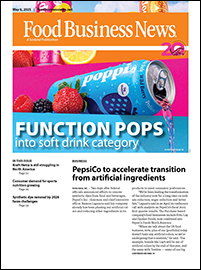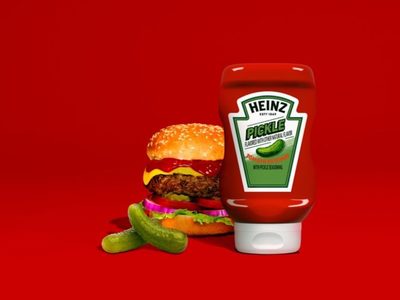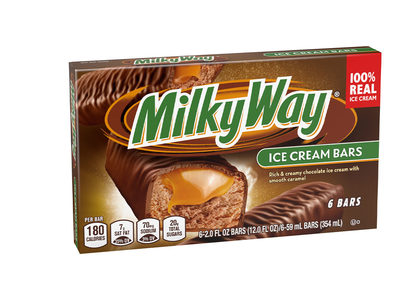IRVINE, CALIF. – Taco Bell Corp, a division of Louisville, Ky.-based Yum! Brands, announced this week it plans to offer healthier menu options.
By 2020, the Mexican fast-food chain said it aims to have 20% of its combo meals meet one-third of the federal government’s dietary guidelines for daily intake values of fat, calories and sodium. That translates to approximately 667 calories, 26 grams of fat, and 767 mg of sodium per meal, based on a 2,000-calorie diet.
While many of Taco Bell’s individual menu items satisfy the recommendations, the chain is striving to shape up its combo meal offerings, which include a main item, a side dish and a beverage.
“In our effort to become a better and more relevant Taco Bell, we listened to our customers and know that they want variety, balance and more choices,” said Rob Poetsch, a spokesperson for Taco Bell. “We also understand that customers don’t like drastic change, and we will retain the menu items that they know and love.”
The chain said it is testing better-for-you options this year with national rollouts planned for 2014. Additionally, some of the current menu items may be reformulated.
Currently, Taco Bell customers have an option to order their meals “fresco style,” which swaps pico de gallo for sauce and cheeses, at no additional cost.
The chain said it has already reduced sodium by 20% in some of its menu items and is continuing those efforts for more menu options.
Other quick-service restaurants have recently rolled out items positioned as better-for-you alternatives. In March, Burger King Worldwide, Inc. unveiled a turkey burger and veggie burger for a limited time, and the McDonald’s Corp. introduced Premium McWraps, made with chicken and fresh vegetables. McDonald’s also is adding the Egg White Delight, a yolk-free Egg McMuffin on a whole-wheat muffin.
In a March 13 presentation at the UBS Global Consumer Conference in Boston, Don Thomson, chief executive officer of McDonald’s, said the company strives for balance in providing healthier foods, including through its salad, oatmeal and fruit parfait offerings.
“We have made a lot of changes in the McDonald’s menus in the last five, six years,” he said. “We have added a lot more fruits and vegetables to the menu … And there are certain categories, i.e. our salads — we have tremendous salads. It’s amazing that more people don’t even know about the salads at McDonald’s.”
He added the company took steps to reduce sodium in some of its products in recent years.
According to The Healthy Eating Consumer Trend Report, which was published in 2012 by Technomic Inc., Chicago, 64% of the consumers polled, up from 57% in 2010, agree that it is important to eat healthy and pay attention to nutrition.
“Leading chains are trying to align with consumers’ changing expectations for health,” said Mary Chapman, director of product innovation for the food service market research firm. “McDonald’s, for example, rolled out new menu boards with calorie counts to stay ahead of nutrition-disclosure legislation. Other major Q.S.R.s are creating lighter, better-for-you options in order to keep up with consumers’ demands for having these options available to them.”



